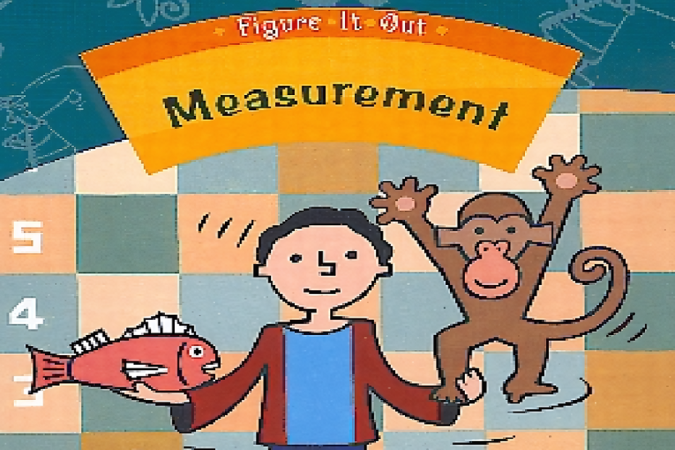Weighty words
This is a level 3 measurement strand activity from the Figure It Out series.

About this resource
Figure It Out is a series of 80 books published between 1999 and 2009 to support teaching and learning in New Zealand classrooms.
This resource provides the teachers' notes and answers for one activity from the Figure It Out series. A printable PDF of the student activity can be downloaded from the materials that come with this resource.
Specific learning outcomes:
- Solve problems involving mass.
Weighty words
Achievement objectives
GM3-1: Use linear scales and whole numbers of metric units for length, area, volume and capacity, weight (mass), angle, temperature, and time.
Required materials
- Figure It Out, Level 3, Measurement, "Weighty words", page 12
- a set of kitchen or bathroom scales
- library books
See Materials that come with this resource to download:
- Weighty words activity (.pdf)
Activity
Investigation
Here, students will be measuring mass in grams and kilograms and will need to compare kilograms with tonnes.
Using a practical strategy is the key to this investigation. How to weigh the biggest book may be a problem students need to solve. Small kitchen scales may not handle the biggest book. Students may need to use bathroom scales and devise a way to be accurate with these scales.
Here is one possible solution: If the scales show that the book has a mass between the divisions on the scales, students could add some metric weights to the book until the scales read accurately. They would then be able to subtract the metric weights from the mass recorded on the scales to find the actual mass of the book.

Question 3 has some challenging variables to consider. Soft or hard covers and the different sizes of books will cause problems. Students may begin by weighing books individually, but this will take a long time. Discuss strategies for doing the task. Strategies for doing the task may include the following:
- Work in groups. Sort books into size categories and then type of cover.
- Weigh 1 kilogram of books in a particular category and multiply that number of books by 20.
- Take one book from each different category and weigh them together. Divide 20 kilograms by this mass and calculate the number of books from this.
- Students could weigh one book at a time while another student keeps a running total and stops at 20 kilograms. Then they could count the books.
In question 4, students will need to know that 1 tonne = 1 000 kilograms.
After students have been given some time to try to solve the problem, bring them together to discuss the strategies they are using. They may be tallying, adding, counting in twenties, or dividing 100 by 20 and then multiplying by five. Share two or three of these thinking strategies and have students record the solution they choose to use, showing each step they have taken.
Investigation
1.
Answers will vary.
2.
Answers will vary.
3.
Answers will vary.
4.
25 boxes
The quality of the images on this page may vary depending on the device you are using.


